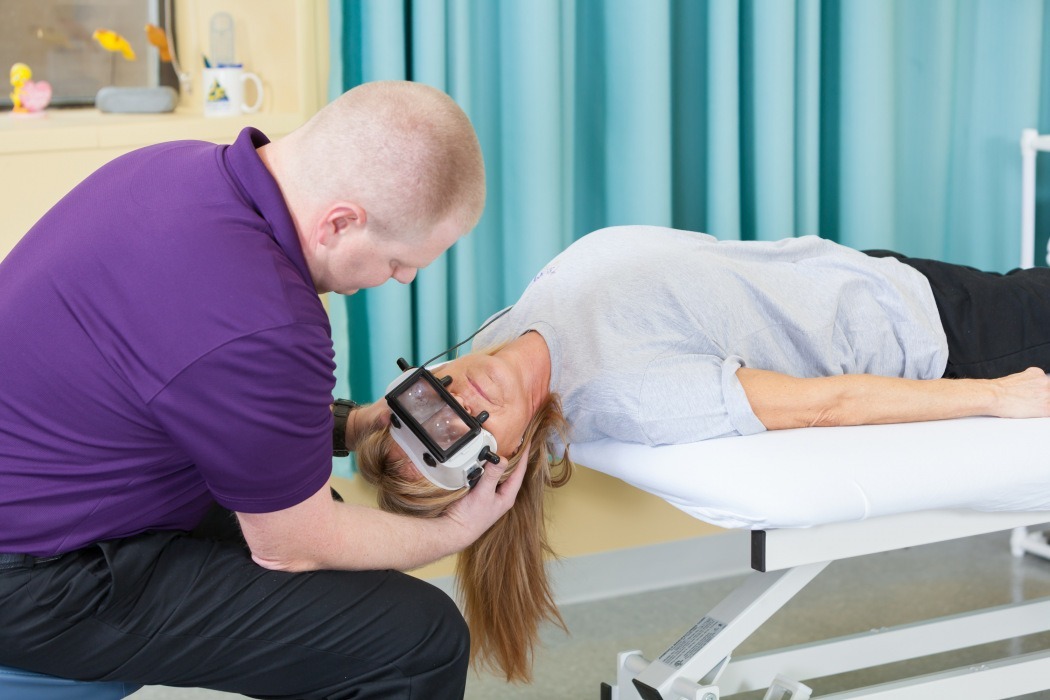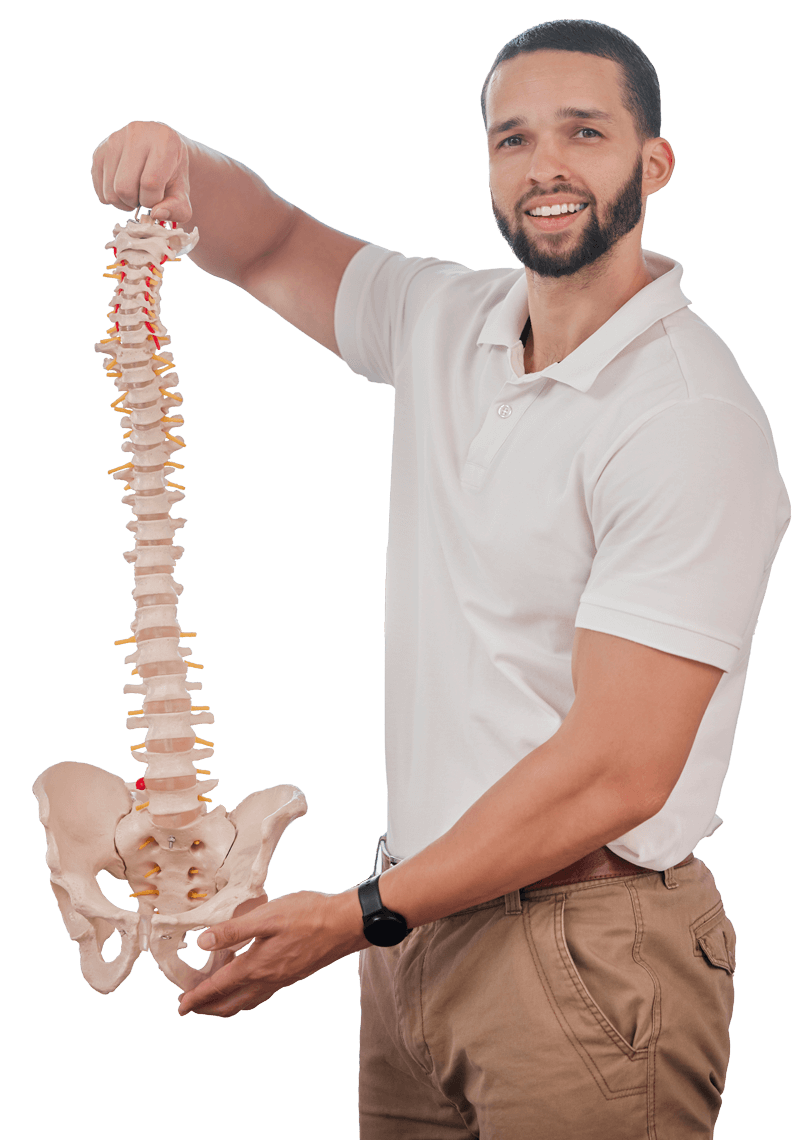It is a known fact that each one of us experiences dizziness at least once in a lifetime. In a more prominent situation, some people develop permanent balance deficits that result in subsequent functional limitations. Here is where people look up for vestibular physiotherapy sessions to restore the balance.
Vestibular treatment is an exercise-based program. The vestibular physiotherapy package comprises of the vestibular exercises that allow the brain to regain balance control and minimize dizziness symptoms.
Why do you need a vestibular specialist?
You would want to see a vestibular specialist when you feel there is an imbalance between, the right and left vestibular organs (balance organs) in the inner ear.
In layman terms, you will start feeling dizzy when there is an imbalance of the vestibular organs.
Some of the internal sensation that might give you a symptom are:
- Unsteady fellings
- Swimming feeling in the head
- Lightheadedness
- Feelings of passing out
- Sensations of moving
- Spinning
- Floating
- Swaying
- Tilting
- Whirling (sensations known as vertigo)
While the symptoms could surface for various reasons, every case is not for vestibular treatment.
Some of the real causes could be:
- Inner ear disorder
- The side effect of medications
- Sign of neck dysfunction
- Brain or a heart problem.
What are the various vestibular exercises?
There are three ways we implement vestibular exercises in a vestibular physiotherapy package.
Neck and Shoulder exercises
For this vestibular physiotherapy, a specialist would help you with neck and shoulder muscles. The session helps increasing coordination of the eye movement with that of the head.
Some of the pointers about vestibular treatment therapy are:
- Proper guidance on how many repetitions of each exercise to do in one round
- They guide you with the progress of the next set of exercises.
- With ease and flexibility, the number of repetitions increases.
Here are some of the vestibular exercises that you might include:
In bed or sitting for the eye movements
- Up and down
- From side to side
- Focusing on finger moving from three feet to one foot away from the face
In bed or sitting for the head movements
- Bending forward and backward
- Turning from side to side
- Shoulder shrugging and circling
In the standing position
- Changing the positions from sitting to standing position with eyes open and shut
- Throwing a ball from hand to hand, above eye level and under knee level
Moving about
- Walk along with the room with eyes open and closed alternatively.
- Walk up and downslope with eyes open and then closed
Gaze stabilization exercises
In this vestibular therapy, the aim is to improve vision. It also helps focus on a still object while making head movements.
Some of the ways your vestibular therapist will ask you do the exercises are:
- Nodding movement of the head
- Turn your head from side to side, while focusing on a target object
- Look straight ahead and focus on an object at the eye level.
- Gradually, you get to get focus on the target letter over a busy background.
Repositioning exercises
This set of vestibular exercises fits well to treat people with benign paroxysmal positional vertigo (BPPV).
BPPV is a medical condition when the crystal of the ear dislodges from the original place inside the inner ear. The dizziness occurs due to the displacement.
The set of repositioning vestibular exercises involves specific head and upper body movements to place back the crystals to the original position in the inner ear.
Brandt-Daroff exercises
Brandt-Daroff is the set of vestibular exercises, also an alternative to treat mild BPPV, and could be done at home as well.
Conclusion
There are times when vestibular rehabilitation therapy will be the only treatment needed. Many a time, it’s just a part of some surgical procedure to regain flexibility. Are you the one in need of such complimentary support? If so, we have the best vestibular therapists in our place at your service. Let’s get in touch and talk.


